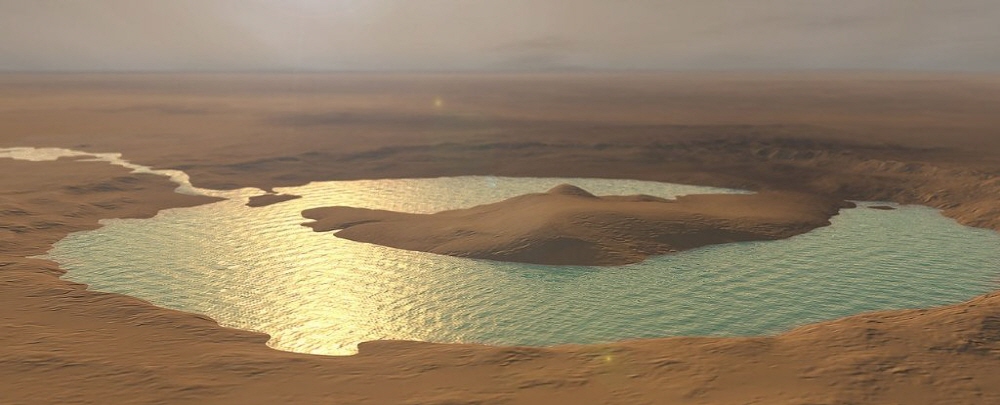
Mars is the closest planet to the Earth’s environment among the planets in the solar system, so there is a possibility of extraterrestrial life. Among these studies, the research report that there are many lakes underground on Mars announced in 2020 has received great attention as it can increase the possibility of life on Mars. However, later research has raised the possibility that what exists underground on Mars is frozen soil instead of liquid water.
A study published in 2020 claims to have discovered a large number of lakes filled with large amounts of seawater beneath Mars based on radar data measured by the Mars rover Mars Express. However, the York University research team re-analyzed the measurement data by Mars Express and found that there were no measurement results indicating that liquid water was present even at a low temperature point where liquid water could not exist. The research team argues that, given what is currently known about Mars, higher temperatures are required for liquid water to exist at the point where lakes exist.
The research team hypothesized that the material reacted by the Mars Express radar was smectite, a type of clay that is abundant on Mars. In fact, the research team was able to obtain measurement results indicating liquid water as a result of exposing it to radar by soaking water in smectite cooled to minus 45 degrees Celsius.
The research team also analyzed the data measured around Mars’ South Pole and found that a lot of smectite exists around Mars’ South Pole. The research team believes that this clay has existed on Mars since ancient times when there was a large amount of water on Mars, and that smectite was frozen after inhaling liquid water in the old days.
The team said other types of soil found on Mars could be considered radar-responsive as well as smectite, suggesting that research on this clay should continue. Related information can be found here.


















Add comment